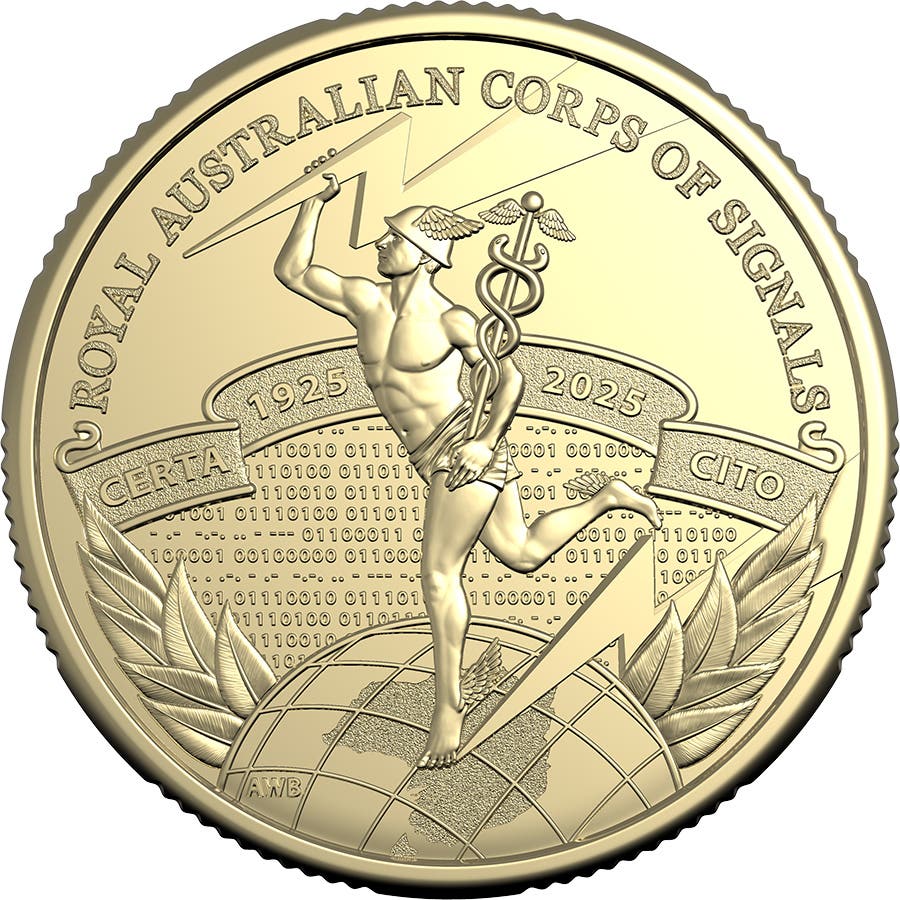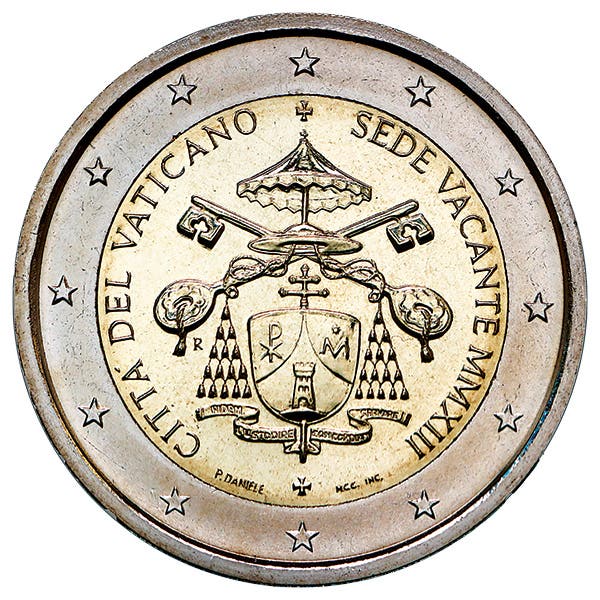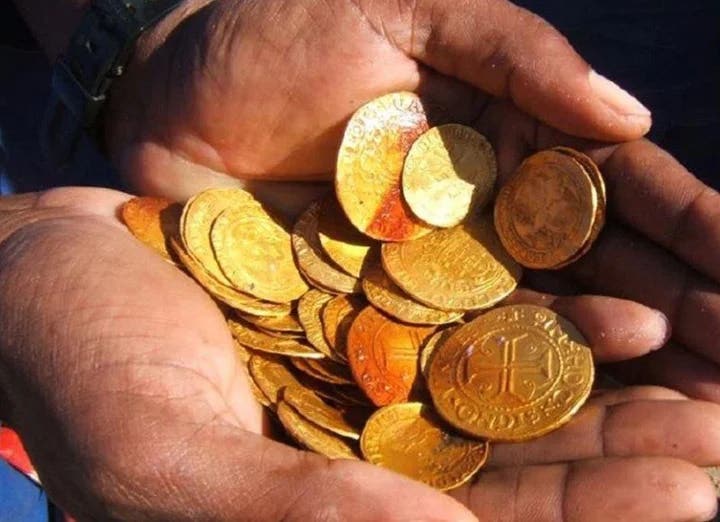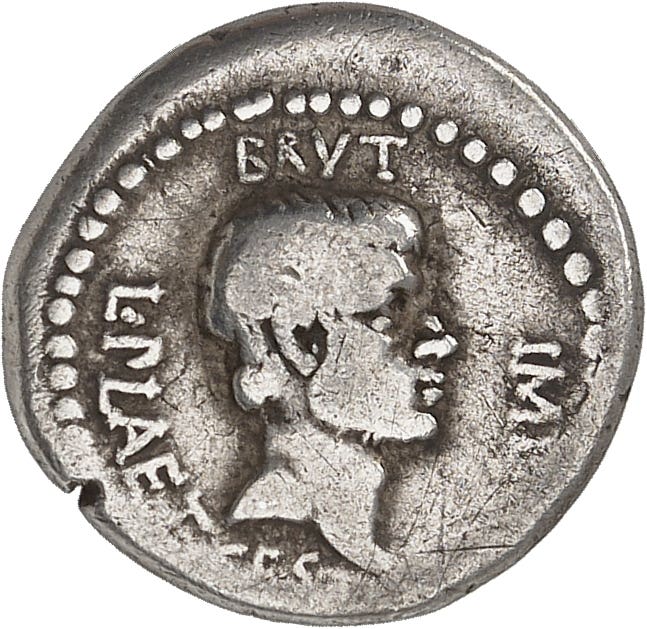German Discovery Challenges Official Probate
It appears Wettin Mayor Johann Dondorf may have salted away more than the 2,500 silver talers and 500 gold ducats the courts ruled he had at the time of his death.
Could a probate court have undervalued the wealth of a prominent German mayor when he died in 1675? Why are we questioning this value almost 350 years later?
It appears Wettin Mayor Johann Dondorf may have salted away more than the 2,500 silver talers and 500 gold ducats the courts ruled he had at the time of his death. The recent discovery of 285 silver coins encountered in a trench as workers installed a new sewer line at a farmstead appears to prove this to be true.
Wettin is a municipality in Wettin-Löbejün in the Saale District of Saxony-Anhalt. The municipality is situated on the River Saale, just north of Halle. The rulers of the Wettin dynasty were electors of the Holy Roman Empire.
Johann Dondorf lived in the house where the hoard was discovered at the time to which the find had been dated. Dondorf was a wealthy merchant who invested in agriculture, viticulture, and brewing. He also served as mayor of Wettin during the 1660s. Wettin has been described as an “extremely wealthy brewing town during and after the Thirty Years’ War.”
The coins were found about 50 centimeters under the ground near the gate leading to the central courtyard of the farmstead previously occupied by Dondorf. The farm building was built in the late 16th or early 17th century. Since then, it has been repurposed, being used as the town pharmacy beginning in 1681. Evidence of this past usage is visible through surviving remnants of an 18th-century Baroque stucco ceiling and an apothecary vault.
Due to modern development in Wettin, the building was being considered for demolition until the organization Altstadt Wettin e. V. stepped in to save it. The AWV plans to restore the building in close coordination with monument protection authorities.
Archaeologists from the State Office for Monument Preservation and Archaeology Saxony-Anhalt discovered the coins. Workers first encountered the coins in a trench as they installed a new sewer line at the farmstead. The coins were found in what has been described as “a highly compacted state, suggesting they were once stored in an organic container such as a bag.”
On-site documentation was supervised by archaeologist and AWV Association member Dr. Claudia Beuger. The coins were cataloged and then sent to a restoration workshop of the State Office for Heritage Management and Archaeology Saxony-Anhalt. According to the state office, “In addition to its scientific significance, the Wettin coin find is also an excellent example of the important contributions that voluntary work in close cooperation with the responsible authorities for the preservation of buildings and archaeological monuments can make to our knowledge of the history of Saxony-Anhalt.”
More than half of the 285 coins are silver talers of the types that circulated in some northern German states during the Holy Roman Empire and later by the German Confederation. The balance of the find consists of taler fragments likely cut to be made into small change and various groschen coins.
The hoard included coins issued in the names of the German emperor, the Duchy of Brunswick-Lüneburg, Archduke Albert VII of Austria, and King Philip IV of Spain. The coins are dated between 1499 and 1652. The majority are from regional Saxon mints. Other coins originated from various German state mints, Austria, Italian states, the Netherlands, and Switzerland.
Saxon issues in the find include Schreckenberg groschen or Schreckenbergers made from silver originating from the Schreckenberg silver mine. Schreckenbergers are larger than earlier Saxon groschen. The coins depict an angel with the heraldry of Saxony on the obverse. For that reason, they have been nicknamed Angel Groschen. Schrenberger coins were issued between 1498 and 1571 in Saxony and Thuringia. They circulated in the Netherlands at four stuivers value. A Schrenberger was worth a seventh of a goldgulden or at three zinsgroschen.
Undated Albertus talers minted in the Spanish Netherlands in the find were struck at the Bruges mint in the name of Albert and Isabelle between 1598 and 1621. Other important coins include an Italian scudo of Odoardo Farnese from 1630 and a tallero minted by Cosimo II de’ Medici in 1620.
Dr. Oliver Dietrich of the State Office for Heritage Management and Archaeology Saxony-Anhalt observed, “It’s difficult to determine the former purchasing power, but the hoard of high silver-content coins certainly represented a considerable value.”
It has been suggested the treasure likely corresponded to the earnings a master craftsman would have earned over 10 years, equating to about 500,000 euros or about $537,000 U.S. today
You may also like:








